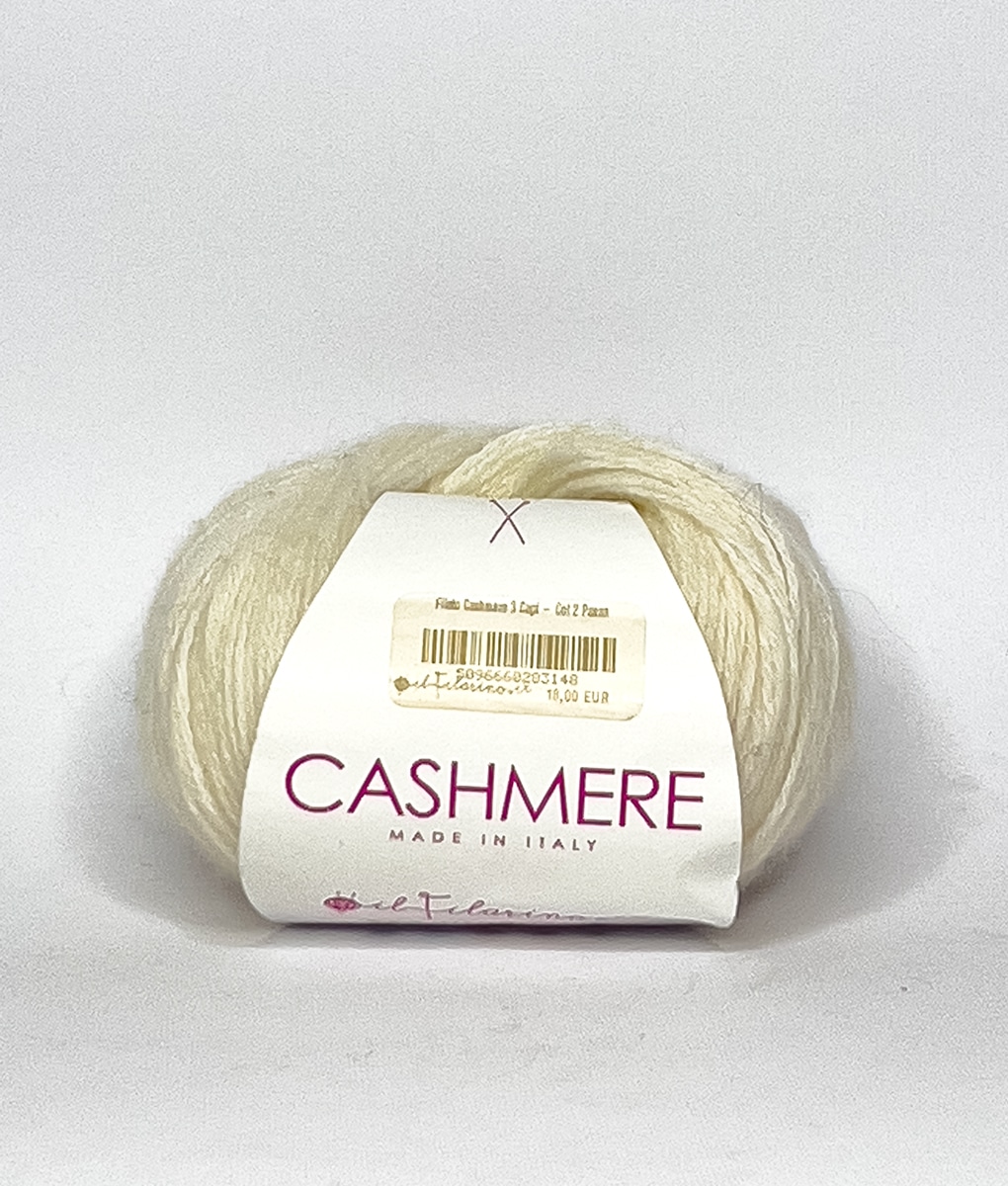What Is Cashmere and How Does It Compare to Other Fabrics?
What Is Cashmere and How Does It Compare to Other Fabrics?
Blog Article
Checking Out the Numerous Types of Cashmere an All-natural Fiber for Ultimate High-end
Cashmere, an all-natural fiber, is frequently associated with deluxe and comfort. The more budget-friendly Chinese cashmere, the typical Scottish variant, and the high-end Italian blend, all tell a various tale of this impressive fiber.
Comprehending the Luxurious Nature of Cashmere
Cashmere, commonly linked with high-end and convenience, holds a special allure on the planet of natural fibers. This soft, light-weight product is coveted for its exceptional heat and remarkable sturdiness. Unlike various other natural fibers, cashmere combines insulation with breathability, using exceptional comfort across varying temperature levels. Its lustrous surface and soft appearance contribute to its high-end allure, validating the premium rate that frequently features cashmere garments. Additionally, cashmere's integral wrinkle resistance and flexibility boost its value, making it a recommended selection for premium garments and accessories. Regardless of its fragile appearance, cashmere possesses an unexpected strength, able to preserve its form and lavish feel with time. This one-of-a-kind blend of qualities cements cashmere's position as an icon of sophistication and extravagance.
Simply What Is Cashmere and Where Does It Come From?

Offered these outstanding qualities, one may question the origin and make-up of this lavish fiber. Cashmere is stemmed from the soft undercoat of cashmere goats, largely located in Mongolia, China, Iran, and Afghanistan - is cashmere a natural fiber. These goats are adjusted to harsh climatic problems, producing a very fine, soft underfur as a defense versus the bitter cold. This underfur, or undercoat, is what is collected for cashmere. Each spring, when the goats normally lost their wintertime layer, farmers comb out the fine underhair, leaving the coarser hair behind. This precise process adds to the shortage and high price of cashmere. With its origin in the rough landscapes of Asia, cashmere is a testimony to nature's ability to create deluxe from hardship.
Deciphering the Various Sorts Of Cashmere
Comprehending the different kinds of cashmere is crucial to valuing the quality and special attributes of this lavish fabric. Typically, cashmere is categorized into 3 types: raw, virgin, and recycled. Raw cashmere is straight gotten from the goat and is published here unprocessed. This kind often includes pollutants such as dust and crude hair. Virgin cashmere, on the various other hand, is the pure, unrecycled material that is spun into yarn for the very first time. It is the softest and most luxurious. Recycled cashmere is made from virgin product that has actually been formerly utilized. It is re-spun and made use of in generating lower-cost cashmere products. Deciphering these types is the initial step in comprehending the exclusivity and value of cashmere.

The Unique Features of Each Kind Of Cashmere
Having checked out the various groups of cashmere, it comes to be obvious that each type boasts its unique collection of characteristics. Mongolian cashmere, for circumstances, is renowned for its premium top quality, due to Mongolia's harsh winter seasons that generate longer and finer fibers. Conversely, Chinese cashmere is frequently more economical, though its shorter fibers can minimize sturdiness.
Why Cashmere Is the Embodiment of Deluxe in Style
Cashmere holds a prestigious position in the world of style, pertained to as a sign of deluxe and elegance (is cashmere a natural fiber). Cashmere is acquired from the great undercoat of Himalayan goats, understood for their remarkable high quality fiber. Cashmere's unmatched comfort and toughness make it an in-demand product in the development of premium garments.
The Process of Making Cashmere: From Goat to Garment
The journey of cashmere, from being an undercoat of a Himalayan goat to an elegant garment, is a detailed one. With the development of springtime, farmers in Mongolia and China accumulate the woollen by combing the goats, guaranteeing no injury is done. The gotten woollen contains coarse external hair and soft downy undercoat. This my blog blend is after that fastidiously divided, with just the soft down utilized for cashmere. This raw cashmere is cleaned, colored and spun into yarn. The thread is after that woven or knitted Get More Info right into fabrics. The last step entails pressing and cleaning to offer the fabric its characteristic soft qualities and heat. From goat to garment, each action is a testimony to the skill, perseverance and virtuosity entailed in crafting cashmere.

Conclusion
To conclude, cashmere, with its all-natural style and unmatched comfort, preponderates on the planet of luxury fashion. The diversity in kinds, varying from the soft Mongolian, lightweight Indian Pashmina, budget friendly Chinese, standard Scottish, to the colorful Italian, discloses the versatility of this natural fiber. The scrupulous procedure of changing it from a goat to a garment additionally includes to its exclusivity, making cashmere the epitome of elegance and luxury.
Cashmere, a natural fiber, is commonly connected with high-end and convenience (is cashmere a natural fiber).Cashmere, typically connected with luxury and comfort, holds an one-of-a-kind attraction in the globe of natural fibers. Unlike other all-natural fibers, cashmere combines insulation with breathability, using unequaled comfort throughout differing temperature levels. Cashmere is acquired from the soft undercoat of cashmere goats, largely found in Mongolia, China, Iran, and Afghanistan. Cashmere is acquired from the great undercoat of Himalayan goats, recognized for their exceptional high quality fiber
Report this page